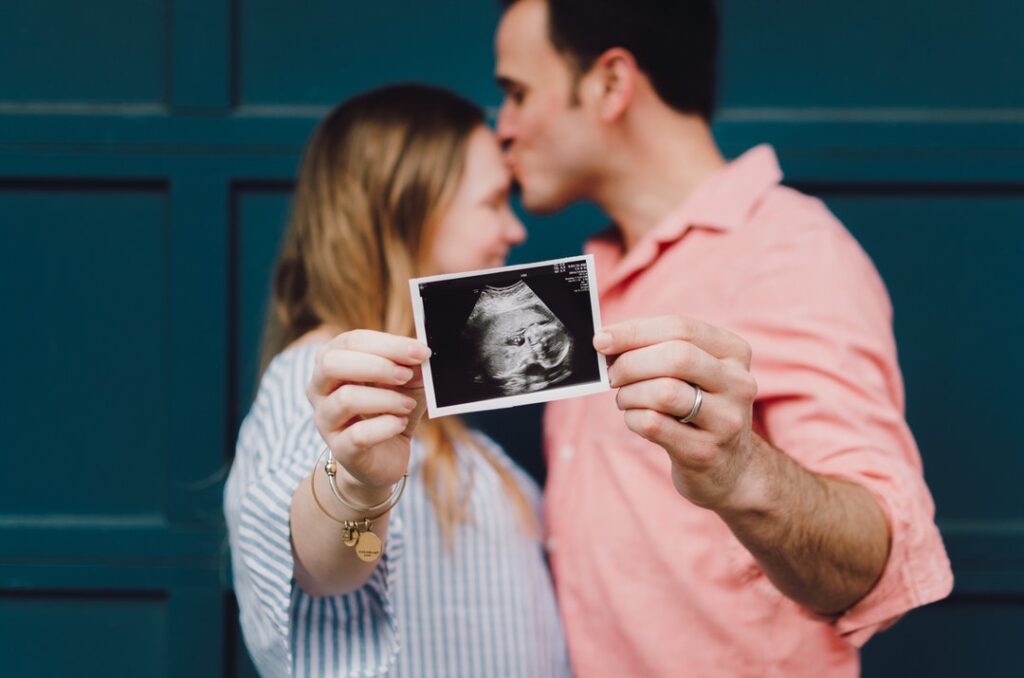About 700,000 American women undergo tubal ligation surgery every year. This surgery blocks the fallopian tubes to prevent pregnancy and is more popular overall than hormonal birth control because it’s a safe, convenient, and permanent option.
That last point can cause issues if a woman later decides that she wants to start a family. While tubal reversal surgery is possible, it can still be challenging to conceive after having the procedure. To help surmount that challenge, here are three tips for getting pregnant after tubal reversal.

1. Understand Your Fertility Potential
Before trying to conceive, it’s important to manage your expectations. While tubal reversal can dramatically increase your chances of conceiving, several factors can lower your odds.
Age is one of the most important factors. Women’s natural fertility begins to decline after the age of 35. Research shows that the success of tubal reversals also tends to decline with age as well.
For women aged 27-35, the chances of a successful delivery after tubal reversal can be as high as 73.9%. But that rate drops precipitously over time. For women aged 43-47, there’s only a 27.3% chance of a successful delivery.
A patient’s general health and previous fertility history can also affect their chances of success. That’s why it’s important to discuss your options with an expert obstetrician. These professionals can work with you to improve your odds of conceiving after tubal reversal.
2. Time Is a Factor
After tubal reversal, most patients have a limited window during which conception is most likely to occur. They should not expect to retain a high fertility level indefinitely. So having a successful pregnancy means making the most of this timeframe.
After recovering from reversal surgery, the first thing you should do is identify the most fertile days of your menstrual cycle. There are several ways to do this, ranging from old-fashioned menstrual tracking to at-home ovulation predictor kits.
The best thing to do is seek the advice of an obstetrician. They will be able to identify your most fertile days with minimal margin of error.
3. Don’t Rule Out In Vitro Fertilization
Even if a patient is in the optimal age range and has no health concerns that should impact fertility, pregnancies aren’t guaranteed after tubal reversal. In this case, your best chance may be in vitro fertilization.
This procedure harvests eggs from the female partner and sperm from the male partner and allows them to select the healthiest specimens from both. They then fertilize the eggs in a clinical setting before implanting them in the woman’s womb.
While it’s a complex, multi-step procedure, it enjoys a high success rate. For patients struggling to conceive, it’s often the best option available.
These Tips for Getting Pregnant After Tubal Reversal May Help Increase Your Chance of Success
While tubal ligation is still considered a permanent family planning option, there have been great strides in helping women get pregnant after a successful reversal surgery. Conventional fertility solutions may help. In vitro fertilization can likewise help women conceive after tubal ligation reversal.
These tips for getting pregnant after tubal reversal are a great place to start. But it’s important not to rule out any options. If you’re struggling to start a family after your tubal reversal, reach out to Women’s Health Associates today to explore your family planning options.

